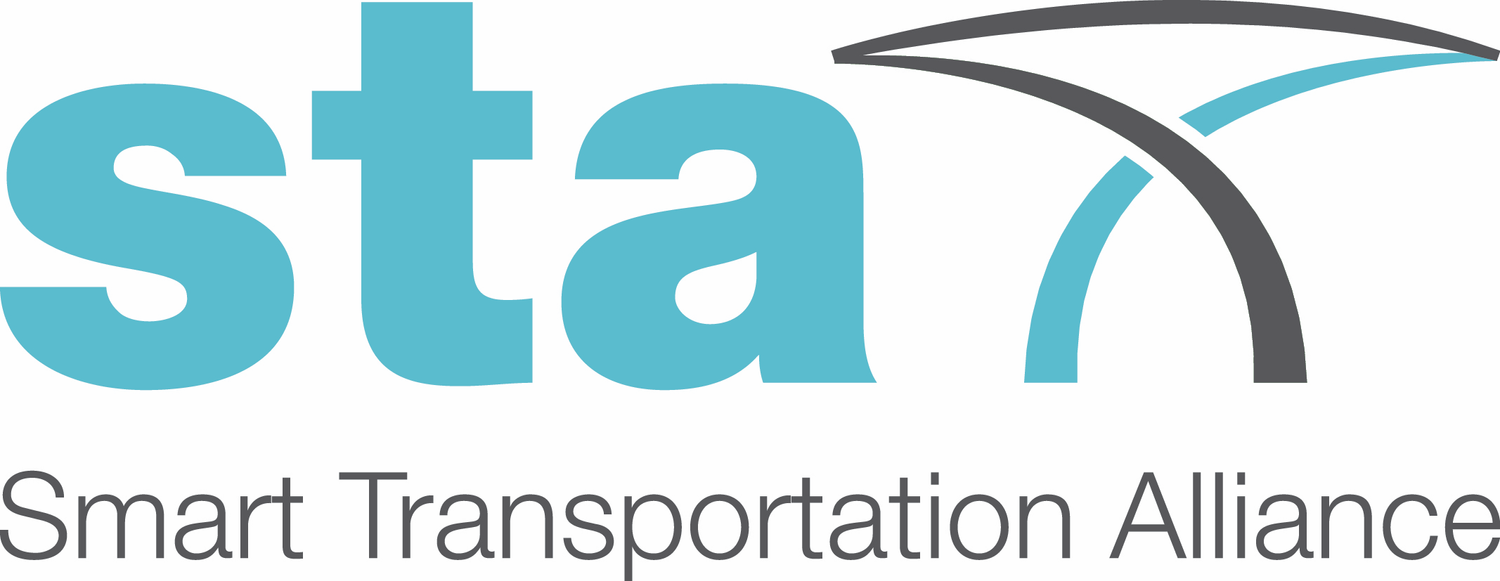2015 ANNUAL CONFERENCE AWARD WINNERS
EUROPEAN FIELD OPERATIONAL TEST ON SAFE, INTELLIGENT AND SUSTAINABLE ROAD OPERATION (FOTSIS)
There are more cars and trucks on the roads driving more kilometres. As a result we are facing more traffic jams, higher fuel bills and increased CO2 emissions. More than 40, 000 people continue to be killed on EU roads each year. These problems cannot be solved by building additional or extended roads.
Intelligent Transport Systems (ITS) can contribute to the solution by making transport safer, more efficient and competitive, more sustainable and more secure. ITS does this by applying the latest information and communication technologies (telephone, satellite, computer, etc.) to transport.
FOTsis (European Field Operational Test on Safe, Intelligent and Sustainable Road Operation) is a largescale field testing of the road infrastructure management systems needed for the operation of seven close-to-market cooperative I2V, V2I & I2I technologies (the FOTsis Services), in order to assess in detail both 1) their effectiveness and 2) their potentialfor a full-scale deployment in European roads.
FOTsis has tested the road infrastructure’s capability to incorporate 7 innovative and cooperative systems at 9 Test-Sites in four European Test-Communities (Spain, Portugal, Germany and Greece).
THE TEV PROJECT
Roads design needs to advance: highways should be faster, safer, cheaper to build and capable of carrying much higher capacity. They should enable conventional electric cars to have a limitless range. They should facilitate autonomous driving technologies and smart mobility.
TEV is a design for compact, electrically powered highways for use by electric vehicles with autonomous driving capability. This includes private cars, public transportation, shared transportation and light freight. The electric roadways are designed for rubber tired vehicles, but are called “tracks” because they use single lanes (i.e. they have no rails as railways do).
The TEV Project is an open-source initiative that got started in the summer of 2012. The project invites collaboration and investment in an open design of TEV infrastructure.
TEV’s design includes both “single mode” vehicles that stay on the track at all times and “dual mode” vehicles that can also be driven manually on normal roads. Dual mode transportation is not a new concept, but recent advances in technology now make it practical to implement.
The STA Person of the Year
DR ALISTAIR CLARK, MANAGING DIRECTOR FOR ENVIRONMENT AND SUSTAINABILITY, EUROPEAN BANK FOR RECONSTRUCTION AND DEVELOPMENT
Dr. Alistair Clark was appointed Director of the Environment Department of the European Bank for Reconstruction and Development (EBRD) in 2001. In 2007, his title changed to Managing Director, Environment and Sustainability.
The Department consists of approximately 25 environmental and social specialists who undertake environmental due diligence and monitoring of the projects in implementation.
Dr Clark’s role includes ensuring that all investments are consistent with the Environmental Policy and Environmental Procedures of the EBRD. He is also responsible for providing strategic direction to the EBRD with respect to the implementation of the Bank’s environmental mandate and the incorporation of environmental aspects in all sector and country policies and strategies.
In addition, Dr Clark serves on the Energy and Environment Management working group and is vice chairman of the newly formed Energy Efficiency Advisory Committee of the EBRD. He also actively contributes to the Multilateral Financial Institutions Environment Group and represents the Bank at many international agency meetings.



